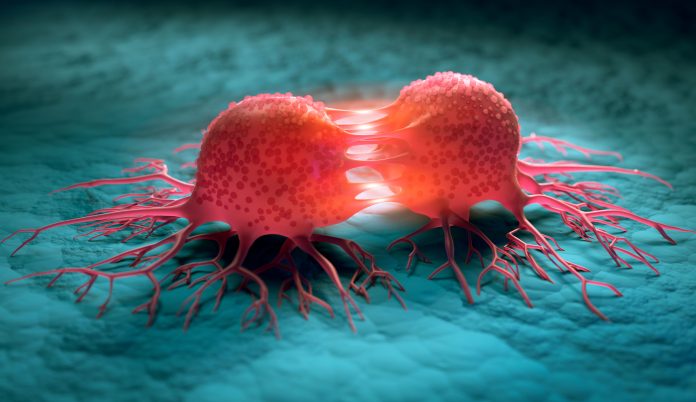
For decades, researchers have puzzled over the mechanics of filopodia, the tiny, finger-like structures that cells use to move and interact with their environment. Now, scientists at the Rockefeller University have revealed how proteins assemble these structures—a discovery with significant implications for improving cancer therapies.
Published in Nature Structural & Molecular Biology, the study sheds light on the critical role of fascin, a protein that binds actin filaments into strong yet flexible bundles, enabling cell migration.
Filopodia play a crucial role in both healthy and pathological processes. In immune cells, they help the body respond to infection, but in cancer cells, filopodia become tools for invasion and metastasis. Researchers led by Gregory M. Alushin, PhD, used advanced imaging techniques to provide the first atomic-level images of fascin proteins as they construct filopodia. “Until now, it hasn’t really been possible to visualize their internal structure in any significant detail,” said Alushin.
Their findings reveal that fascin is a remarkably flexible protein, able to adapt its shape to accommodate imperfections in actin filaments. “A fascin protein can accommodate all kinds of imperfections,” Alushin explained. “Despite being a small and ostensibly simple protein, it has very complicated physical behaviors.”
This flexibility is critical for building the hexagonal bundles found in filopodia, which strike a balance between strength and flexibility. “They hit a sweet spot,” Alushin added, allowing filopodia to protrude into the environment while remaining structurally sound.
The study also offers a new understanding of how fascin inhibitors, currently in clinical trials, function. Overexpression of fascin is a biomarker for metastatic cancer, as excessive filopodia formation enables cancer cells to migrate and spread. While it was previously believed that inhibitors work by blocking fascin’s actin binding sites, the researchers found that these drugs actually prevent the protein from undergoing the structural changes needed to bind actin filaments. This insight could lead to the development of more effective cancer treatments.
“Understanding the structure of filopodia and the changes they undergo may help refine these therapies or inspire new ones,” said Rui Gong, PhD, the study’s first author.
By unveiling the molecular mechanisms behind filopodia construction, the Rockefeller team has not only advanced our understanding of cell biology but also opened new pathways for treating diseases driven by cell migration, such as metastatic cancer. Their work provides a roadmap for improving fascin inhibitors and potentially designing entirely new therapies to halt cancer in its tracks.









![Best Weight Loss Supplements [2022-23] New Reports!](https://technologytangle.com/wp-content/uploads/2022/12/p1-1170962-1670840878.png)




